The heart-stopping experience of tracking tigers in Rajasthan
You don’t have to go all the way to South Africa for an authentic safari experience. CNA Lifestyle explores the wonders of Ranthambore National Park.

Arrowhead, one of the 70 tigers roaming free in Ranthambore National Park. (Photo: Ana Ismail)
I have never been a particularly huge fan of jungles, but the feeling of being within clawing space of a Bengal tiger was a heart-stopping experience. Standing close enough to admire the sinewy muscles under the striped orange skin of the majestic beast, a calm took over, even as its amber coloured eyes bore straight through me.
It was Day 1 of my short three-day Rajasthan safari experience, with husband and two kids in tow, comfortably ensconced in the open-top Maruti Jeep manoeuvred by our trusty driver Mr Mohan and RK, my triple A-rated naturalist guide who was born and bred in these very parts.
The spouse had originally been unenthusiastic about our India jaunt, even to see tigers in the wild. His idea of a holiday? Clear beaches and an air-conditioned resort. But judging by how intently he focused his camera lens on Arrowhead, one of the 70 tigers roaming free in the sanctuary, for three solid hours, it’s safe to say he has changed his mind somewhat.
THREE NIGHTS BEFORE
We started our journey in Jaipur, a short four-hour flight from Singapore. “When are we going to see the lions?” asked my confused youngest, after the elephant sanctuary of Dera Amer and the palaces, forts and markets we had seen in the Pink City.
“Tigers,” I corrected him. “And that’s tomorrow. After your brother and I go on a hot air balloon ride in the early morning. You can’t come – you’re too short.”

We spent the rest of the day in the turquoise pool of the exotic 175-year-old Samode Haveli hotel, grateful for the cool water as the sun barbecued our heads – and the bodies of a few pink Europeans, roasting themselves on sunbeds in 48 degree Celsius summer heat. Servers in pastel coloured salwar kameez floated by with lemon water, fresh towels and other amenities to enhance our poolside lounging.
I rose at 4am the next day – and despite rising bright (well, actually dark) and early, we still ended up being late. A miscommunication about the pick-up point resulted in me sitting in my room waiting for a call that never came because the driver from the hot air balloon company Sky Waltz was waiting at the lobby.
“If we miss the boarding time for the hot air balloon, you can’t get on,” the driver told my son and me apologetically as he drove at top speed through the dark roads, swerving mercilessly and tooting large trucks, cows and other animals off the road. He was to cram a two-hour journey in half the time.
We arrived just in time, right as the sky was turning pink. Tea and biscuits were laid out for us passengers. In the field, two large hot air balloons were being inflated. We hopped into the basket of the smaller one alongside a family of four and floated away, high above Jaipur’s farmlands and vistas beyond.
‘I HOPE WE SEE TIGERS!’
It was a long three-and-a-half-hour drive to our next stop and main event, the safari experience in Ranthambore National Park and a stay at the regal palace hotel Nahargarh.

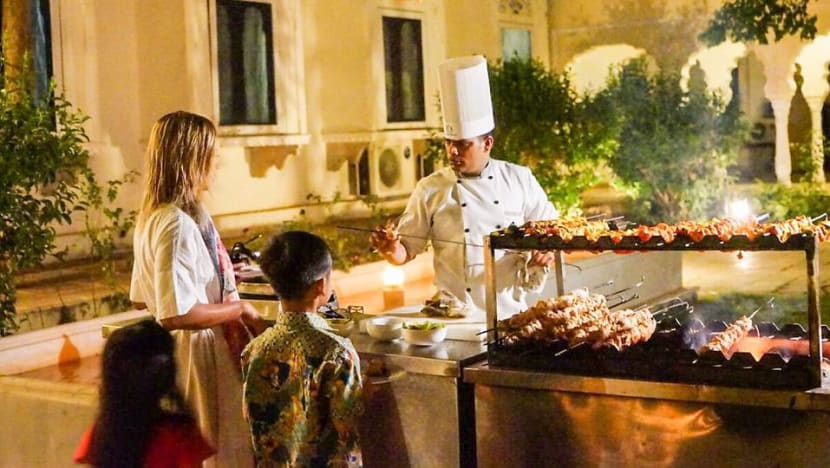
Tucking into a buffet dinner worthy of a Maharajah and his Maharani (and their um, Mahakiddies), we fell prey to the free-flow naan service. As soon as I had devoured the last garlicky morsel of flatbread on my plate, a server would magically appear at my elbow with more fluffy ones, fresh from the tandoor.
It was my birthday that night, and I found a Tiffany box beside my dinner aperitif. My husband had picked up the beautiful trinket in Jaipur (Rajasthan is well-known for its jewel trade). “I hope we see tigers!” read the note, written in the hubby’s crooked scrawl.
The next day began with another sunrise experience, this time in the ruins of Ranthambore Fort, with a picnic of hot masala tea and biscuits – which the monkeys eyed hopefully. We returned to the Ranthambore National Park a few hours later, armed with our DSLR camera, telephoto lenses and sunscreen.
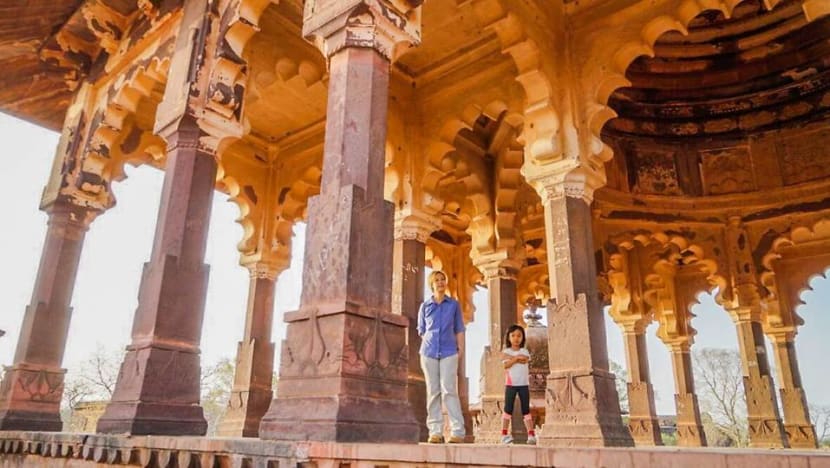
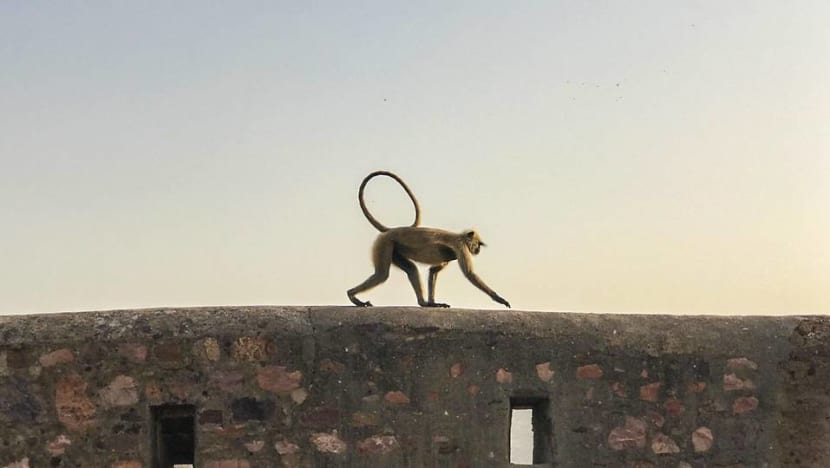
I had first heard of Ranthambore-born, tiger-loving naturalist and ex-cricketer RK through a friend. He’s the co-founder of Ravishing India Holidays, a concierge company specialising in curated experiences for Singapore travellers.
Meeting him in Singapore a few weeks before the trip, I shared my reservations about visiting the, erm, reservation.
“I’m not outdoorsy,” I confessed. “I don’t like creepy crawlies. I don’t like slithery creatures. But I do love cats. Will I be safe?”
RK looked at me solemnly. “Ana,” he replied, “just leave everything to me. It will be an experience like no other.”
A MAGNIFICENT EXPERIENCE
Tigers, of course, are the star attractions of Ranthambore, and seeing them in their natural environment requires a stroke of luck. It was only 10 minutes into our drive of the park when RK prophesised: “You will all see a tiger.”
There were other vehicles bouncing alongside ours but RK soon directed our driver Mr Mohan off into the opposite direction of where everyone else was headed. ““Trust me,” said RK, tapping his nose.
Mr Mohan slammed on his brakes abruptly.
Out of the brush, Arrowhead emerged majestically. He strolled slowly and steadily past the other jeeps and clicking shutters and headed straight towards us. Each subsequent photo we snapped was a closer and clearer image as it approached, like Shere Khan from The Jungle Book.
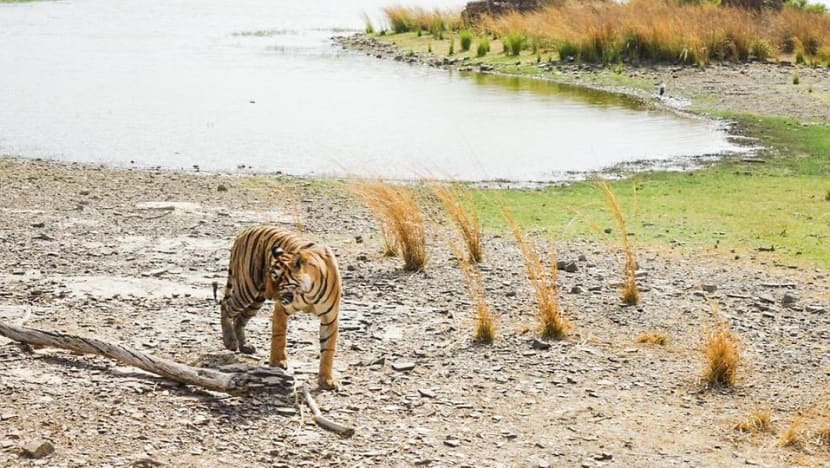
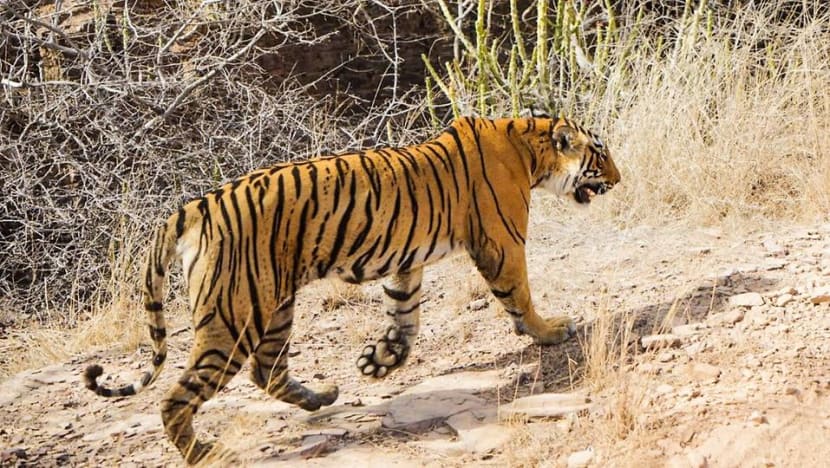
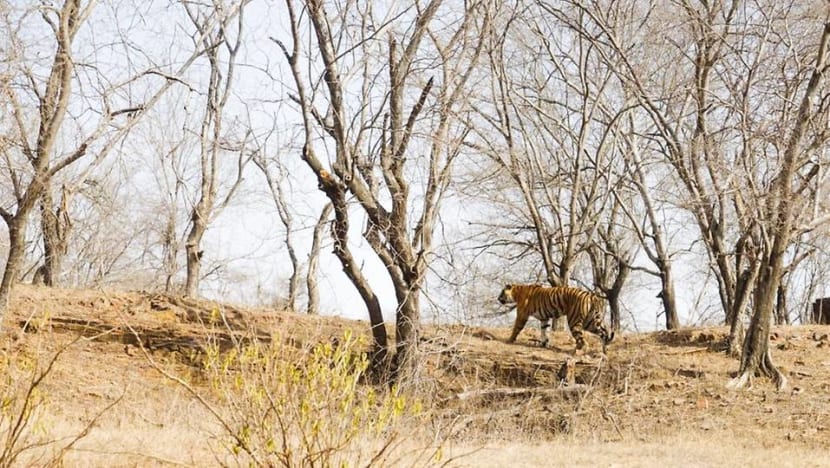
More encounters with Arrowhead followed after he returned from a swim. He even gave us a quick demo of his speed and agility as he tore after a sambar deer, which managed to get away by a tail’s length. Arrowhead was not hungry enough to give it his all, said RK.
We had booked two safari sessions, discovering later that ours was a puny experience compared to the more hardcore folk who crammed a six-day stay with 12 safaris. Still, we were able to see plenty.
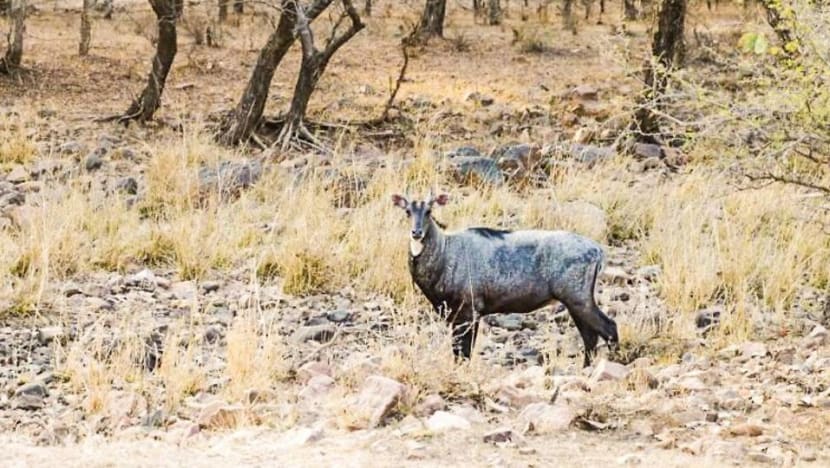

In between the tiger encounters, we spotted other native wildlife of the semi-dry deciduous forest, including a blue bull, an Indian hare, some more sambar deer, crocodiles, and a pair of mating lapwing birds.
“What are they doing, Mummy?”
Perhaps I’ll explain on our next visit to Ranthambore. I absolutely will return to this incredible place – perhaps in winter, to share a little mulled wine with RK, and to catch up with the magnificent Arrowhead.















